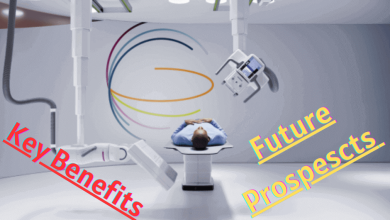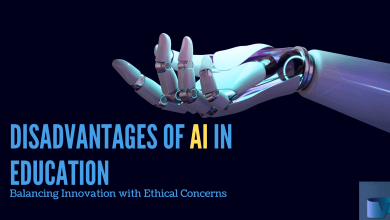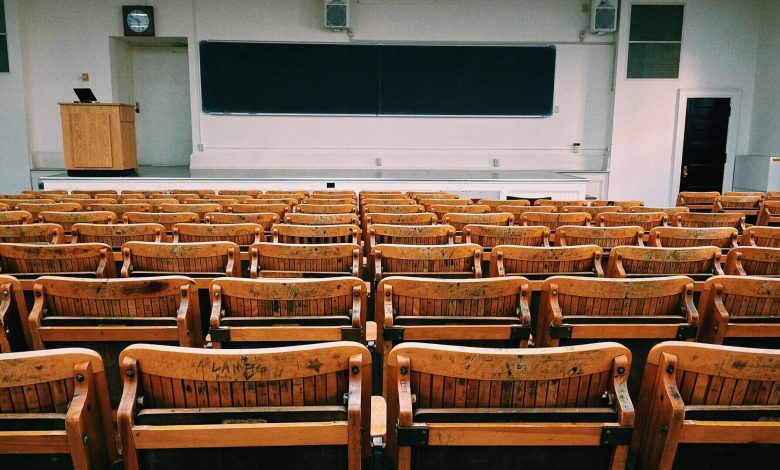
UP-TO-DATE TEACHING STRATEGIES
INSTRUCTOR/TEACHER CENTERED METHODS
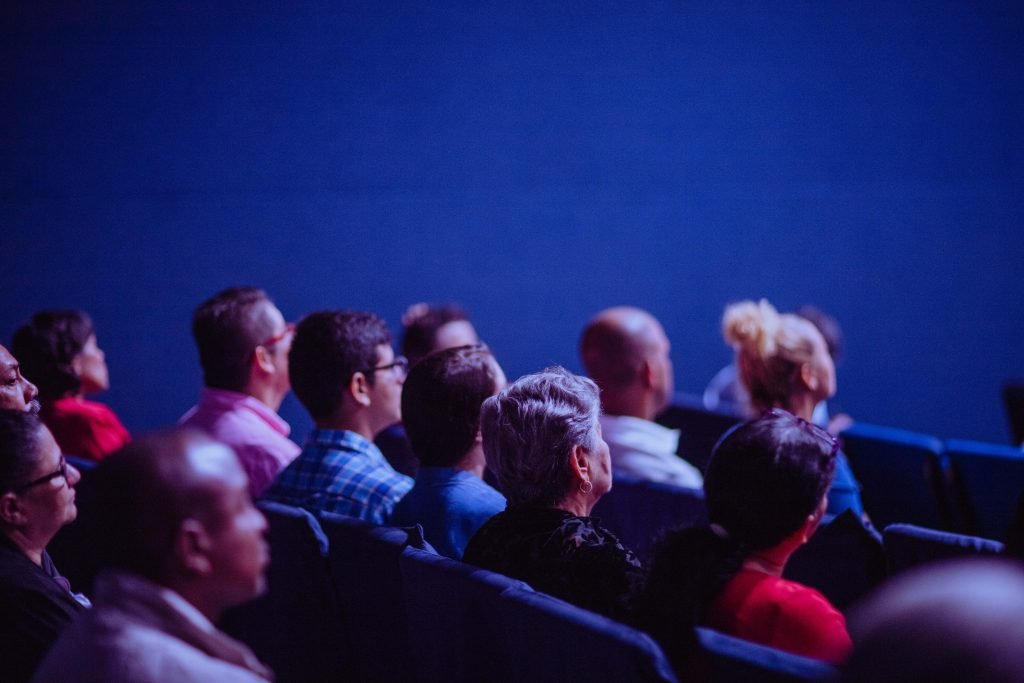
Here the teacher casts himself/herself in the role of being a master of the subject matter. The teacher is observed by the learners as an expert or an authority of the subject. Learners on the other hand are presumed to be passive and copious recipients of knowledge from the teacher.
Examples of such methods are expository or lecture methods – in which learners show very less involvement in the teaching process. It is also for this lack of involvement of the learners in what they are taught, that such methods are called “closed-ended”.
EXAMPLE :-
LECTURE METHOD
A lecture is an oral presentation of information by the instructor. It is the method of relaying factual information which includes principles, concepts, ideas, and all THEORETICAL KNOWLEDGE about a given topic.
Among all the teaching and learning methods, it is the oldest one and also applicable to almost every place with little modifications.
In a lecture the instructor tells, explains, describes, or relates whatever information the trainees are required to learn through listening and understanding. It is therefore teacher-centered.
The instructor is very active, doing all the talking. Trainees on the other hand are very inactive, doing all the listening. Despite the popularity of lectures, the lack of active involvement of trainees limits its usefulness as a method of instruction.
The lecture method of instruction is recommended for trainees with very little knowledge or limited background knowledge on the topic. It is also useful for presenting an organized body of new information to the learner.
To be effective in promoting learning, the lecture must involve some discussions and, question and answer period to allow trainees to be involved actively.
QUALITIES OF A GOOD LECTURE
- A good lecture should not be too long as to exceed the trainees attention span (up to 25 minutes).
- A good lecture should address a single theme.
- In a good lecture technical terms are carefully explained.
- Familiar examples and analogies are given.
- A good lecture establishes fluency in technical content.
- A good lecture uses illustrations and examples.
- A good lecture builds on existing knowledge.
- A good lecture employs a variety of approaches.
Click here to learn, how to make your Presentations effective and reliable
LEARNER-CENTRED METHODS
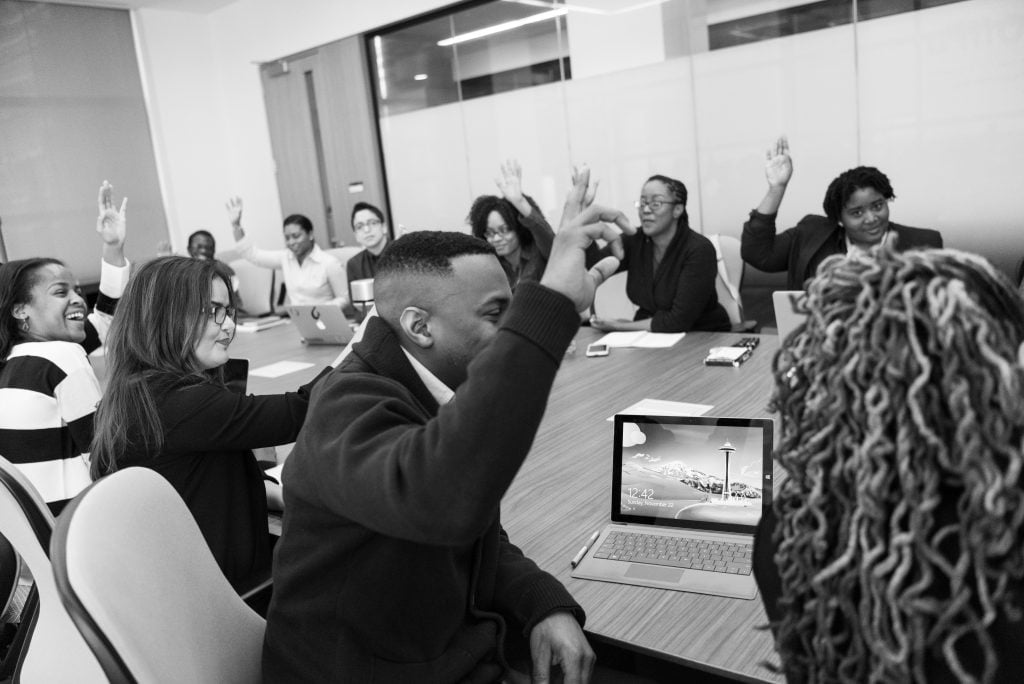
In learner-centered methods, the teacher/instructor is both a teacher and a learner at the same time. In the words of Lawrence Stenhouse, the teacher plays a dual role as a learner as well “so that in his classroom extends rather than constricts his intellectual horizons”.
The teacher also learns new things every day which he/she didn’t know in the process of teaching. The teacher, “becomes a resource rather than an authority”.
Examples of learner-centered methods are the discussion method, the discovery or inquiry-based approach, and Hill’s model of learning through discussion (LTD).
Do you want to know What are the techniques to manage your stress?
EXAMPLE :-
THE DISCUSSION METHOD
The discussion involves two-way communication between participants. In the classroom situation, an instructor and trainees all participate in the discussion.
During the discussion, the instructor spends some time listening while the trainees spend some time talking. The discussion is, therefore, a more active learning experience for the trainees than the lecture.
A discussion is how people share experiences, ideas, and attitudes. As it helps to foster trainees’ involvement in what they are learning, it may contribute to desired attitudinal changes.
Discussion may be used in the classroom for lesson development, making trainees apply what they have learnt, or monitoring trainees learning by way of feedback.
CONDUCTING A DISCUSSION
Discussion sessions can be led by the instructor or can take place in groups. In either case, the goal is to meet the lesson objectives by allowing the trainees to:-
a) Relate relevant personal experiences or events which have occurred in the work setting.
b) Contribute ideas or personal opinions.
c) Apply what has been learned to familiar situations or solving problems.
d) Express what had been learned.
Whether the discussion is instructor-led or takes place in groups it must be guided by the instructor. It must be focused on the objectives of the lesson:
It is the instructor’s responsibility to see that the objectives are met. If it is not properly guided, a discussion can degenerate into consideration of inappropriate or unimportant topics adding confusion rather than clarification to the lesson.
CONTENT-FOCUSED METHODS

In this category of methods, both the teacher and the learners have to fit into the content that is taught. Generally, this means the information and skills to be taught are regarded as sacrosanct or very important.
A lot of emphasis is laid on the clarity and careful analyses of content. Both the teacher and the learners cannot alter or become critical of anything to do with the content.
An example of a method that subordinates the interests of the teacher and learners to the content is the programmed learning approach.
INTERACTIVE/PARTICIPATIVE METHODS
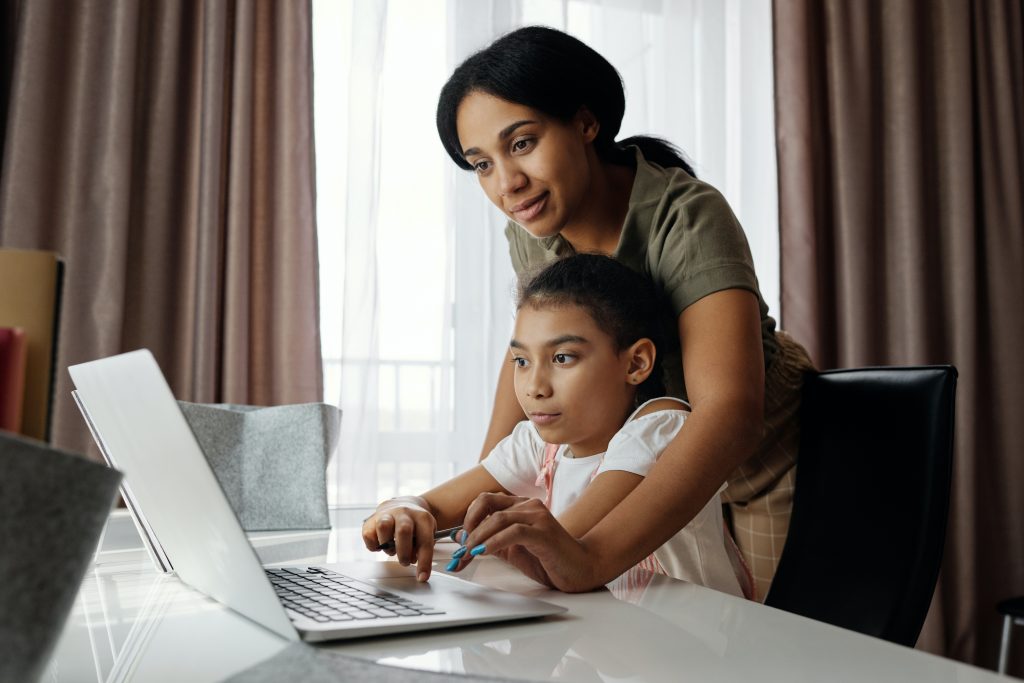
This fourth category borrows a bit from the three other methods without necessarily laying emphasis unduly on either the learner, content, or teacher.
These methods are driven by the situational analysis of what is the most appropriate thing for us to learn/do now given the situation of learners and the teacher. They require a participatory understanding of varied domains and factors.
BUZZ GROUPS
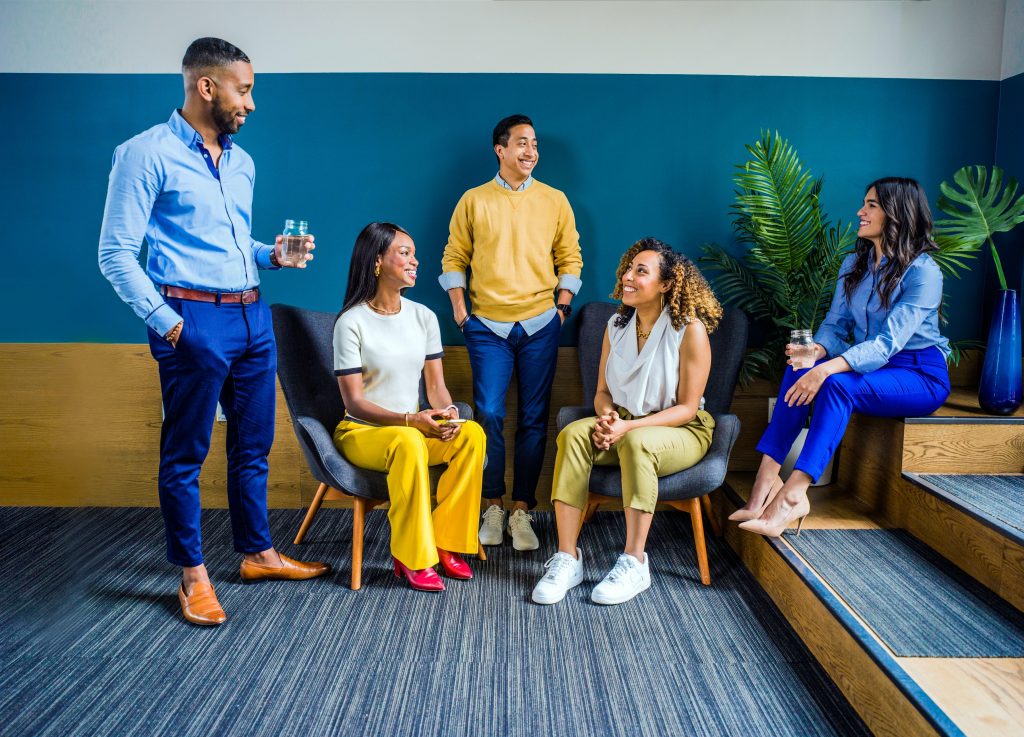
Another method of instruction is the buzz group. During a longer session, the plenary group can break into sub-groups to discuss one or two specific questions or issues. The room soon fills with noise as each sub-group ‘buzzes’ in the discussion.
If appropriate, after the discussion one member of each group can report its findings back to the plenary. Buzz groups can be in pairs, trios, or more depending on the activity.
People turn to their neighbors for a quick buzz or form larger groups of three or more. This allows almost everyone to express an opinion. While they are buzzing, participants can exchange ideas and draw on their wide collective experience.
It may provide a good opportunity for trainees to reflect on the content of a lecture. A good buzz session will generate many ideas, comments, and opinions, the most important of which will be reported back.
Buzz groups help trainers as they allow you to:
- Draw your breath
- Gauge the mood, by listening to some of the discussions
- Change pace of the session
- Encourage participants to reflect on what they have learnt and how they might apply it in their work.
LEARNING STYLES FOR BEST COMPREHENSION
The Linguistic Learner
The linguistic learner is one who learns best through linguistic skills including reading, writing, listening, or speaking.
Sometimes, this learning style is a combination of these methods. So, for example, if a linguistic learner wanted to tackle a new skill, their best method of learning would be to read about it, then listen to an audio recording and take notes on it. Finally, concretizing it would require speaking about it and, possibly, writing about it extensively.
Not surprisingly, some of the best teachers and professors are linguistic learners. It’s in the nature of the profession.
The Naturalist
The naturalist learns by working with and experiencing nature.
If this sounds a lot like a scientist, it’s because that’s how scientists learn. The naturalist loves experiences, loves observing the world around them, and captures the best information or knowledge through experimentation.
The Musical or Rhythmic Learner
The musical or rhythmic learner is one who learns using melody or rhythm.
This would be like a musician learning how to play by listening to a piece of music or a drummer who hears beats in his head and on the street from arbitrary sources before putting it together in the studio.
But it can also be a person who learns best while humming, whistling, toe-tapping, tapping their pencil on the desk, wiggling, or listening to music in the background. For this person, music isn’t a distraction but instead actually helps the learning process.
Some people also think better with background noise, so you may often notice that some people think best when they hum, whistle, bounce a ball off the wall, or make some other noise or move (pace) while thinking.
The Kinesthetic Learner
A Kinesthetic learner is a person that learns best by actually doing something.
These people are also scientific in nature and must interact with objects to learn about them (or learn about them in the best way possible).
According to FamilyEducation.com, some of the most common kinesthetic-based jobs are those in the arts, manufacturing, or creative fields like physical therapy, dancing, acting, farming, carpentry, surgery, and jewelry-making.
None of these careers could be done without “hands-on experience.” Many of these jobs, with rare exceptions, are also trade professions that require an apprenticeship or shadowing.
The Visual or Spatial Learner
A visual or spatial learner is a person who learns best if there are visual aids around to guide the learning process.
For example, someone who can learn best from diagrams, pictures, graphs would be a visual or spatial learner. These people tend to be technically oriented and enter engineering fields.
An example of this type of learner would be a person who becomes a computer engineer or programmer.
In fact, according to the educational organization Simplilearn, there are over 20,000 professionals who have been trained in programs like the CompTIA Strata training program.
But, the best students are those that are visual or spatial learners. Why? Because being proficient in programming and IT requires that you be a strong visual or spatial learner.
Almost everything having to do with computers is conceptual and so it relies on graphical or visual representations of components that can’t actually be seen (e.g. bytes).
The Logical or Mathematical Learner
The logical or mathematical learner must classify or categorize things.
They also tend to understand relationships or patterns, numbers, and equations, better than others. These are obviously engineers, scientists, mathematicians, and other technical professions.
The Interpersonal Learner
The interpersonal learner is someone who learns by relating to others.
Often, these people share stories, work best in teams, and compare their ideas to the ideas of others. In a sense, others help them think of new ideas of their own.
They are often naturally good leaders as well as team players. You often see these people in various fields of psychology or social sciences.
The Intrapersonal Learner
The intrapersonal, as opposed to interpersonal, learner is someone who works and learns best when they are alone.
They set individual goals that are challenging, but not impossible. They are also motivated by internal forces, rather than external ones. They are often introverted individuals, but not always.
These people often enter creative fields, become entrepreneurs, and sometimes small business owners. But, they are usually in fields or industries that allow them to work without direct supervision.
Also, learn The way to find the purpose of life…
Conclusion
Adopt these teaching strategies to teach your students more effectively and efficiently.
So, these were some new and updated techniques for you. Learn these and you can be an effective learner.
You can also visit What are the Basic Political Concepts for Peaceful Government?
